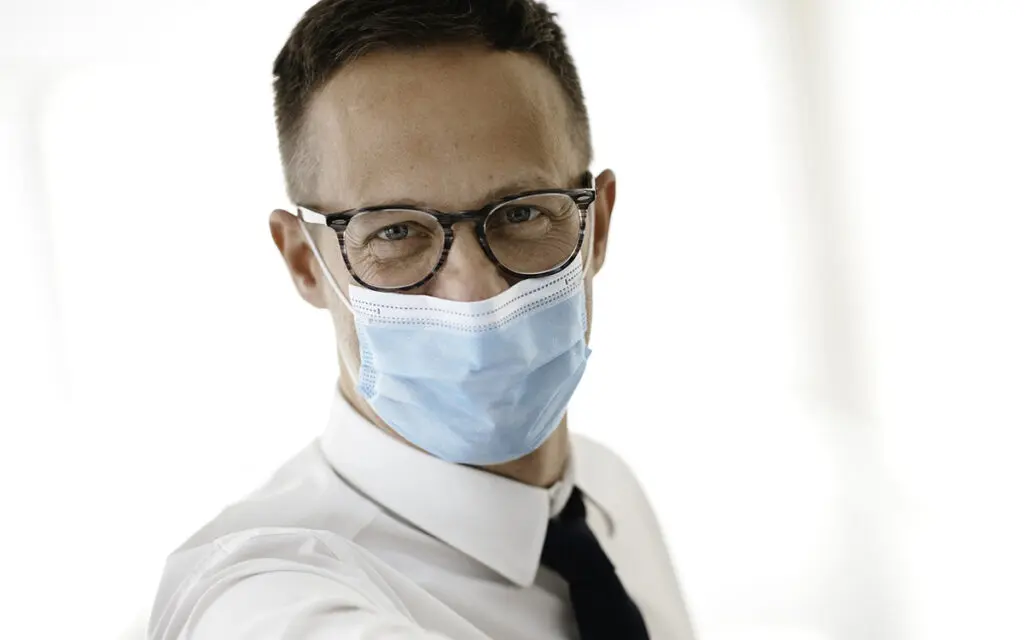While we are all affected by COVID-19 in some way or another, medical practices are affected unevenly depending on their specialization, whether cases in their area are on the rise, and how local legislation has chosen to respond. To help you review your options and make sense of it all, we’ve interviewed industry leaders in your region. Listen to each of these interviews to get insights on best practices for managing the uncertainty of practicing healthcare in the midst of a pandemic.
Bridget Garrido, Au.D.
President of the Louisiana Academy of Audiology
Guidelines on what services were “essential” were vague.
Late in March, cases in Louisiana were increasing at a rate faster than anywhere else in the world. With more than 28 years of experience as an audiologist, Dr. Garrido sums up the concerns facing audiologists in her area:
“We couldn’t figure out if we were essential or not. Being in healthcare, it was a very tough decision. Our associations always referred us back to the Louisiana Board for Speech and Hearing; that’s [the] governing board in our state. When we asked them for their guidance on essential versus nonessential, they just referred us to the Louisiana Department of Health and all their language is so vague. Out of an abundance of caution, we shut down during the stay-at-home order.”
Access to healthcare in a non-hospital setting is crucial during a pandemic.
Access to patients and whether they will be deemed essential are Garrido’s biggest concerns going forward. “We work with dizziness. I don’t want a dizzy person who has an inner-ear disorder to end up in an emergency room during a pandemic. That’s not a good thing. Or, to not seek help during this time because they’re afraid and don’t have access to a non-hospital setting. Most audiologists have these kinds of capabilities, but when our hands [were] tied, we couldn’t do it.”
It’s essential that the hearing-impaired be able to hear.
“[Patients] want their hearing aids to work,” says Dr. Garrido. “It is essential that they work. They’re trying to get information from the television. They’re cooped up.” Not being able to hear, she notes, means they miss critical information that could endanger them.
Listen to the full interview to hear what contact-free services they’re experimenting with to meet patient demand:
Barry Freeman, Ph.D.
Florida Academy of Audiology, President
There’s now a pent up demand for hearing services.
“Now that audiologists are finally being recognized as essential healthcare providers, this is catch up time.” When people were in lockdown and separated from their loved ones, it became clear that many of them could not hear sufficiently. “There are a lot of communication problems. You put that mask on, and people can’t read your lips.”
Chaos creates opportunities
“There are an awful lot of opportunities available to us right now,” says Dr. Freeman. “People need to get in touch with all of their patients. Find out what kinds of problems they’re having. [Audiologists need to] begin finding out the needs of their patient base. Provide services to them as remotely as possible, whether that’s through the phone, the computer, or through Zoom technology, and start working with them. It’s much more than hearing aids. Are they having stress-related problems? Are they having falls? Are they having other kinds of problems that are well-served by an audiologist?”
Online screenings are not a long-term solution.
“Screenings are fine,” says Dr. Freeman. “They are what they are. Screenings are not threshold measurements. You’d have to be a believer that the pure-tone threshold is sufficient to successfully fit a person with amplification. I do not fall into that school of thought. There’s so much more. Amplification is just part of the whole treatment plan. I’ve never been a strong proponent of screenings, per se, to do anything diagnostically. I’m really uncomfortable with the notion that you can do a pure tone screening and fit a hearing aid.”
Pure tone screenings are not enough to serve patients adequately.
“I’m concerned that we’re locked into this concept that all we need to do is a pure tone test, and if the person has normal hearing, then they no longer need to see the audiologist. And yet we know…there are bodies of literature talking about what we call hearing deficiencies. Those are people with ‘normal hearing’ on the pure tone examination who have extensive communication difficulties. They can’t hear speech in noise. They may have anything from an acoustic tumor to multiple sclerosis. There’s so much more we can contribute to the diagnosis and treatment of these individuals.”
Tests for over-the-counter hearing aids potentially miss a lot.
“I know this is a trend that is coming out of the over-the-counter products. We’re seeing companion testing that’s coming out. The companion tests are typically some form of a pure-tone audiogram and saying, OK, you now have enough information to diagnose, manage, and treat your patients…I don’t see that.” Patients should instead have a full audiological evaluation to rule out serious issues, he contends.
Hear what Dr. Freeman projects will happen in the coming months:
Want more insights on how to handle COVID-19? See what industry insiders in the Northeast region have to say.

